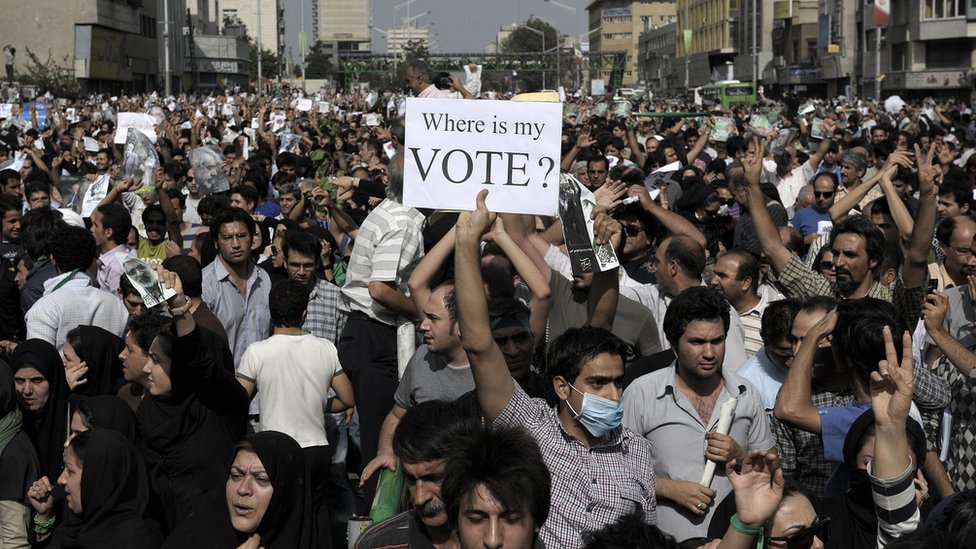In the early hours of December 12, Iran hanged to death Ruhollah Zam, the journalist who was imprisoned for months after being charged with spearheading the 2017 uprising against the ruling class. Zam who was in exile in France was lured back to Iran in 2019 when he was arrested and imprisoned for being involved in the protests. The news of his execution by hanging was reported by Iranian state television and the state-run IRNA news agency.
Ruhollah Zam, 42, was known for his online work that helped inspire nationwide economic protests in 2017. Zam’s website Amad News (AMAD standing for Agaahi, awareness, Mobaareze, combat & Democracy) and a channel he created on the popular messaging app Telegram had spread the timings of the protests at various places in Iran. His social media network spread across various platforms was also instrumental in sharing embarrassing information about officials that directly challenged Iran’s Shiite theocracy.
Zam turned against the establishment after the 2009 Iranian presidential election protests, and he was imprisoned in Evin Prison for some time. Zam fled Iran to reside in France. On 14 October 2019, Iran’s Revolutionary Guards announced they had lured Zam back to Iran and arrested him. According to his wife, Zam was lured to Iraq in September 2019 and was kidnapped and transferred to Iran by the Islamic Revolution Guards Corps (IRGC) and convicted to death. Soon, the guards posted the news of his arrest on Zam’s Telegram channel with a following of over a million users, effectively taking over the administration of the popular channel.
Zam’s closed-door trial began in February 2020 presided over by judge Abolqasem Salavati, known among Iranian political dissidents as the “hanging judge”. His trial ended in May 2020. The proceedings were secret and Zam was not allowed to choose a defense attorney.
Among the charges brought against him were spying for Israeli and French intelligence services, cooperation with the “enemy” United States, gathering classified information with the intent to present to others. In June 2020, the court found him guilty of “corruption on earth” for running a popular anti-government forum, which officials said to have incited the 2017–2018 Iranian protests.

The 2017–2018 Iranian protests were a series of public protests which occurred in various cities throughout Iran beginning on 28 December 2017 and continuing into 2018. The protests which initially targeted the economic policies of the country’s government; changed in scope as protests spread throughout the country. The protesters later included political opposition to the theocratic regime of Iran and its longtime Supreme Leader, Ali Khamenei.
While some analysts suggest the protests are a result of unfavorable economic policies adopted by the administration of Iranian President Hassan Rouhani, others say that dissatisfaction with the theocratic regime and the Supreme Leader are the actual causes of the unrest. Iranian state television reported that the protesters attacked police stations and military personnel and installations, and started fires. By January 2018, at least twenty-one protesters and two security force members had been killed and more than 3,700 demonstrators had been arrested by the Iranian authorities.
Telegram messenger had played a major role in spreading the news about the protests and served as the primary platform to unify the protesters. On 30 December, the Iranian government requested the closing of “Amad News” Telegram channel operated by Roohollah Zam on charges of inciting violence against the security forces.
